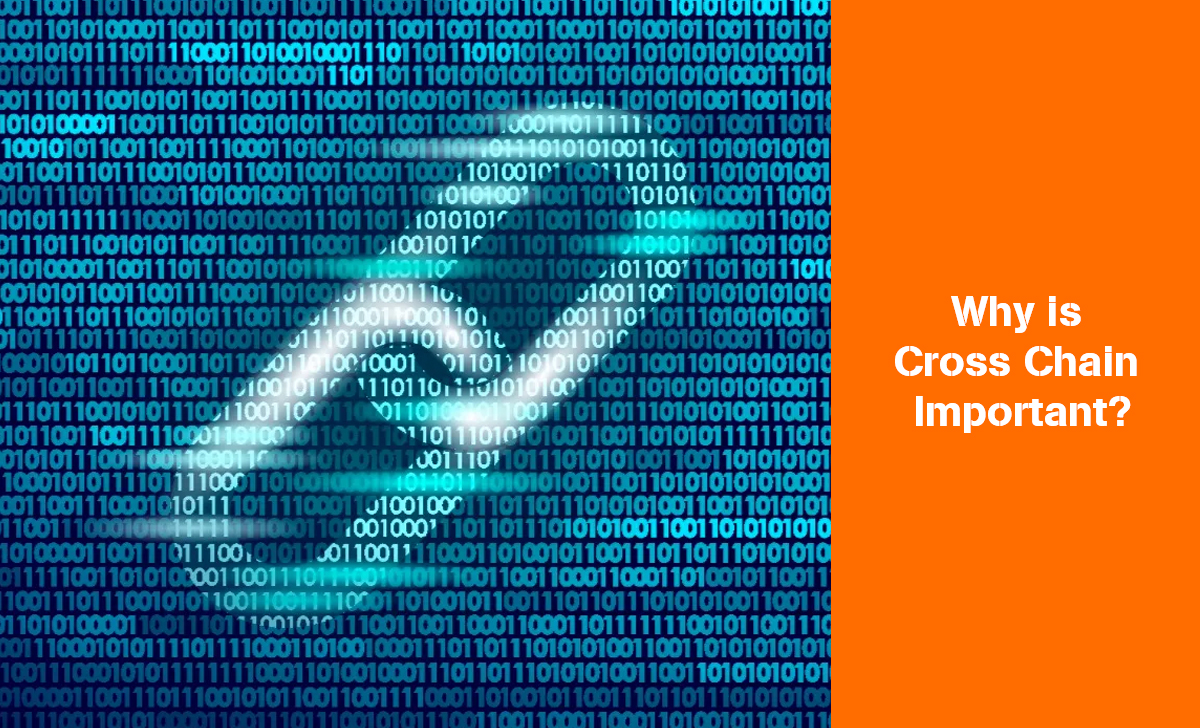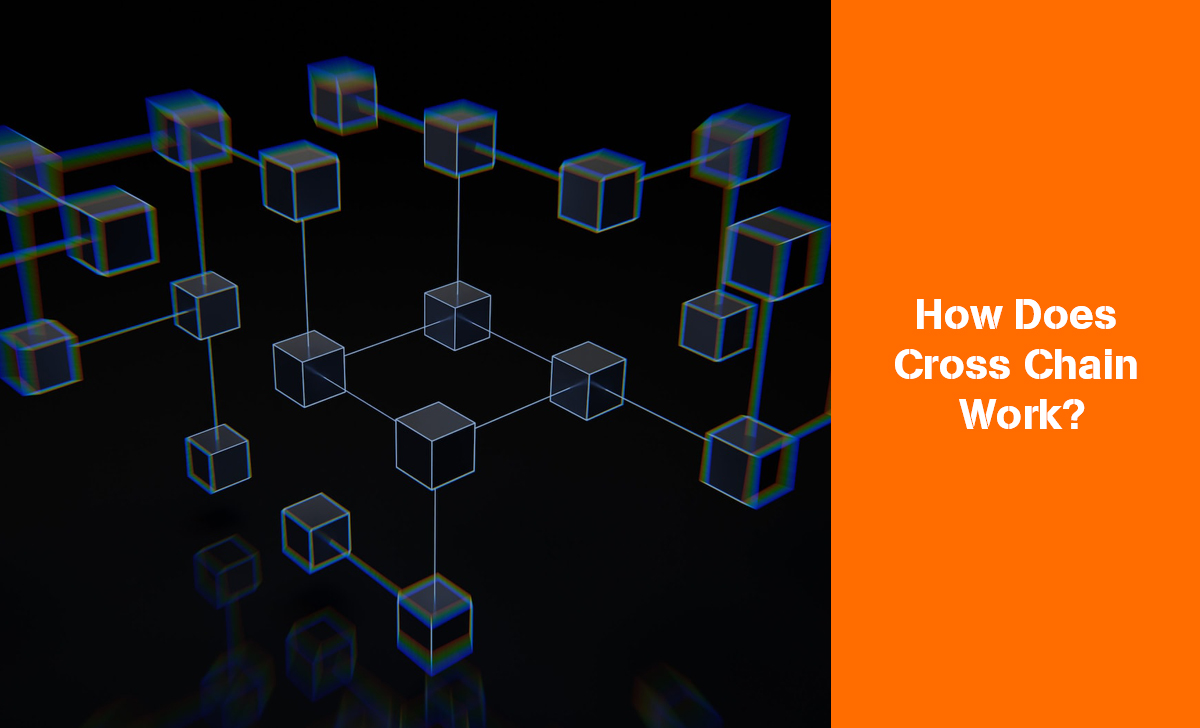Cross Chain interoperability protocols are essential for enabling data and token exchanges between different blockchains.
In this article, AZcoin will introduce Cross Chain concepts, explain how Cross Chain messaging works and its limitations, and explore how the upcoming Cross Chain Interoperability Protocol (CCIP) aims to overcome these challenges.
What is Cross Chain?

Cross Chain refers to the ability to transfer data and tokens between different blockchain networks. Imagine each blockchain as an island, isolated from others. Technology acts as a bridge, connecting these islands and allowing them to interact with each other.
Why is Cross Chain Important?

Cross Chain technology is vital for the future of blockchain because it addresses the fragmentation of the blockchain ecosystem. Here’s why it’s important:
- Breaking Down Silos: Cross Chain bridges enable different blockchains to interact, reducing isolation and boosting adoption.
- Seamless Transfers: Users can move assets easily between chains, enhancing flexibility.
- Larger Markets: Connecting chains creates deeper, more liquid markets for assets.
- Enhanced DeFi: DeFi applications can use liquidity from multiple chains to offer better financial products.
- Load Balancing: Distributing transactions across chains reduces congestion and improves performance.
- Leveraging Strengths: Applications can utilize the best features of each chain, optimizing efficiency.
- Simplified Management: Users can handle assets across chains from one interface.
- Expanded Opportunities: Cross Chain technology enables new decentralized applications, like Cross Chain gaming and supply chain management.
- Innovative Use Cases: Interoperability drives the development of novel applications combining different blockchain strengths.
- Ecosystem Growth: Promoting Cross Chain integration fosters a more interconnected and dynamic blockchain ecosystem.
Additionally, if you want more information about technology or security, you can try learning about Cross Margin, and Binance Launchpool…
How Does Cross Chain Work?

Key Components of Cross Chain Technology
- Smart Contracts: Self-executing contracts with terms written in code, deployed on both source and destination blockchains.
- Bridges: Decentralized apps (dApps) that enable asset transfers between chains using smart contracts and sometimes centralized entities.
- Tokenization: Converting assets into digital tokens for blockchain trading.
- Security Protocols: Measures to secure transactions and prevent fraud.
How Cross Chain Bridges Work
- Locking: The user locks their assets on the source blockchain using a smart contract, effectively freezing them.
- Minting: Tokens equivalent to the locked assets are minted on the destination blockchain as “wrapped” versions.
- Transfer: The user can transfer these minted tokens to the destination chain.
- Burning: To return the assets, the user burns the minted tokens on the destination chain, which releases the original assets on the source chain.
Types of Cross Chain Bridges
- Centralized: Rely on a trusted third party to transfer assets, offering efficiency but with a single point of failure.
- Decentralized: Use a network of nodes to validate transactions, providing greater security but potentially slower and more complex.
- Hybrid: Blend centralized and decentralized elements to balance security and efficiency.
Things to note about Cross Chain

Cross Chain technology is a key advancement in Blockchain that allows different networks to work together. It enables smooth transfer of assets and information across chains, broadening the scope for decentralized apps and services.
- Security: Cross Chain bridges can be vulnerable to hacks. Choose bridges with a strong security history.
- Interoperability: Ensure the bridge supports the blockchains you need.
- Scalability: Some bridges may struggle with high transaction volumes.
- Cost: Transaction and gas fees vary; check costs before using a bridge.
- Centralization: Some bridges rely on centralized entities, which can pose risks.
- User Experience: Bridges differ in ease of use and interface quality.
- Regulatory Landscape: Be aware of evolving legal and compliance requirements for Cross Chain technology.
Conclusion
So, the above information that we provided has helped you learn all the information about Cross Chain. Thank you for taking the time to follow and see you again in other shared content of AZCoin.

I am Tony Vu, living in California, USA. I am currently the co-founder of AZCoin company, with many years of experience in the cryptocurrency market, I hope to bring you useful information and knowledge about virtual currency investment.
Email: [email protected]











